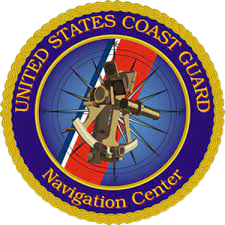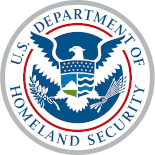|
Message ID
|
6
|
Identifier for Message 25; always 25
|
|
Repeat indicator
|
2
|
Used by the repeater to indicate how many times a message has been repeated. default = 0; 3 = do not repeat any more
|
|
Source ID
|
30
|
MMSI number of the source station
|
|
Destination indicator
|
1
|
0 = Broadcast (no Destination ID field used)
1 = Addressed (Destination ID uses 30 data bits for MMSI)
|
|
Binary data flag
|
1
|
0 = unstructured binary data (no Application Identifier bits used)
1 = binary data coded as defined by using the
16-bit Application identifier
|
|
Destination ID
|
0/30
|
Destination ID (if used)
|
If Destination indicator = 0 (Broadcast); no data bits are needed for the Destination ID.
If Destination indicator = 1; 30 bits are used for Destination ID and spare bits for byte alignment.
|
|
Spare
|
0/2
|
Spare (if Destination ID used)
|
|
Binary data
|
Broadcast Maximum 128
Addressed Maximum 96
|
Application identifier
(if used)
|
16 bits
|
|
Bit
|
Description
|
|
15-6
|
Designated area code (DAC). This code is based on the maritime identification digits (MID). Exceptions are 0 (test) and 1 (international). Although the length is 10 bits, the DAC codes equal to or above 1 000 are reserved for future use
|
|
5-0
|
Function identifier (FI). The meaning should be determined by the authority which is responsible for the area given in the designated area code
|
|
|
Application binary data
|
Broadcast Maximum 112 bits
Addressed Maximum 80 bits
|
Application specific data
|
|
Maximum number of bits
|
Maximum 168
|
Occupies up to 1 slot subject to the length of sub-field message content
Class B “CS” mobile AIS stations should not transmit
|

